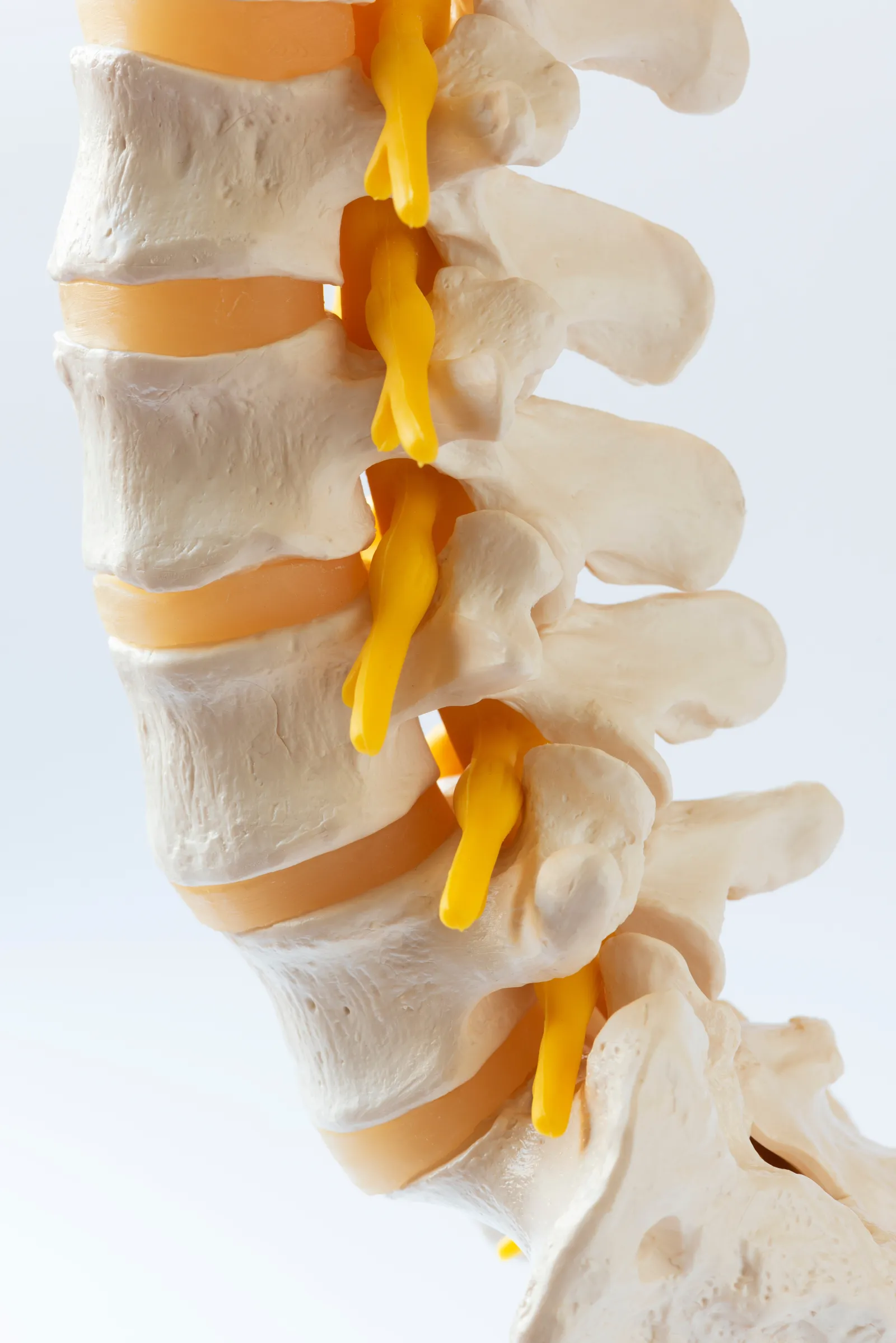
Our team would like to focus on a condition known as spondylolisthesis. We'll note its causes and symptoms, and then go over surgical and non-surgical treatments for spondylolisthesis. This will give you a good overview of what this back problem involves.
What Is Spondylolisthesis?
Spondylolisthesis is a condition in which a vertebrae can no longer remain in its proper position and winds up slipping onto the vertebrae below it. If the vertebrae slips too far, it can wind up pinching nerves and causing severe pain.
Spondylolysis and Spondylolisthesis
Spondylolisthesis is sometimes associated with another vertebral condition known as spondylolysis. In spondylolysis, a stress fracture forms on the vertebrae. If untreated, it can contribute to a vertebrae slipping out of position, leading to spondylolisthesis.
Causes of Spondylolisthesis
The most common causes of spondylolisthesis are overuse of part of the spine and trauma to the spine. This can cause parts of the vertebrae to weaken and develop harmful fractures.
Given the nature of the lumbar spine and how it bears a person's body weight, spondylolisthesis tends to affect the lower back.
Signs and Symptoms of Spondylolisthesis
Many people suffering from spondylolisthesis do not notice any symptoms until pain develops in their lower back. The most common signs of spondylolisthesis include:
- Lower back pain
- Stiffness of the back
- Sensations in the back similar to muscle strain
- Pain radiating into the buttocks and hamstrings
- Problems walking or standing
- Weakness in the legs
If you notice any of the above signs and symptoms, be sure to speak with someone at the Orthopaedic Specialists of Austin about treatment options.
Non-Surgical Treatment for Spondylolisthesis
If the slippage of the vertebrae is not too serious, the initial treatment for spondylolisthesis will involve non-surgical and minimally invasive treatments. This usually means resting to avoid further aggravation of the condition. The use of nonsteroidal anti-inflammatory drugs (NSAIDs) is also common and can help manage pain and reduce swelling. Patients may also be instructed to wear a back brace to help limit back movement and allow the vertebrae to repair itself.
Advanced Treatments for Spondylolisthesis
For serious cases of spondylolisthesis, spinal fusion surgery will usually be recommended. This will involve fusing two vertebrae together, creating a single bone that's stable and will not slip. While patients may lose some spinal flexibility, the stability of the fused vertebrae will lead to reduced pain and better overall spinal health.
The Results of Spondylolisthesis Treatment
Successful surgical or non-surgical spondylolisthesis treatment usually leads to pain relief and restored strength to the legs and back. Patients will be able to return to many of the regular daily activities they took for granted, though there may be some limitations if the patient had a severe case of spondylolisthesis that needed to be treated with spinal fusion surgery.
To ensure long-term results, patients may be advised to perform certain stretches as well as exercises for the back and core. This can be discussed in more detail during the consultation process.
Contact the Orthopaedic Specialists of Austin
For more information about treating spinal problems and conditions, be sure to contact our skilled team of orthopedic surgeons. We are here to help. You can schedule a consultation with our team by phone at (512) 476-2830.
